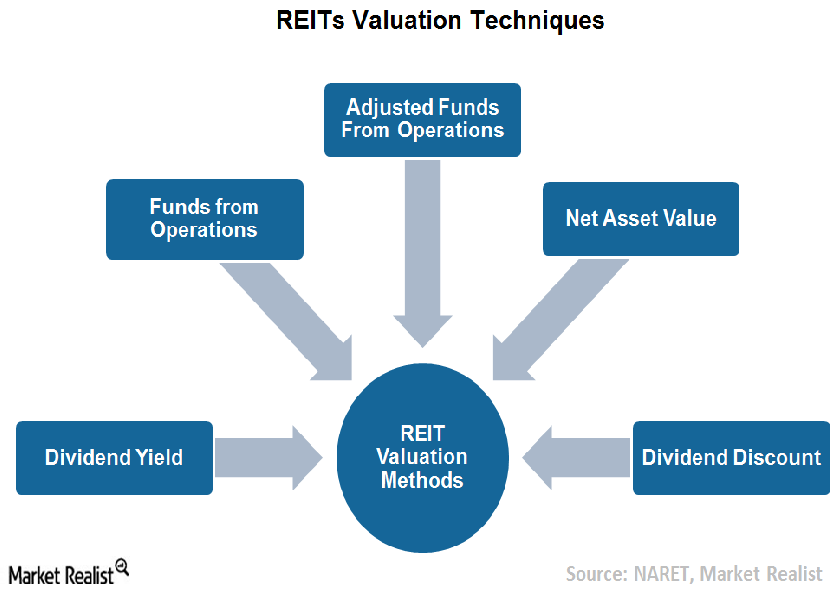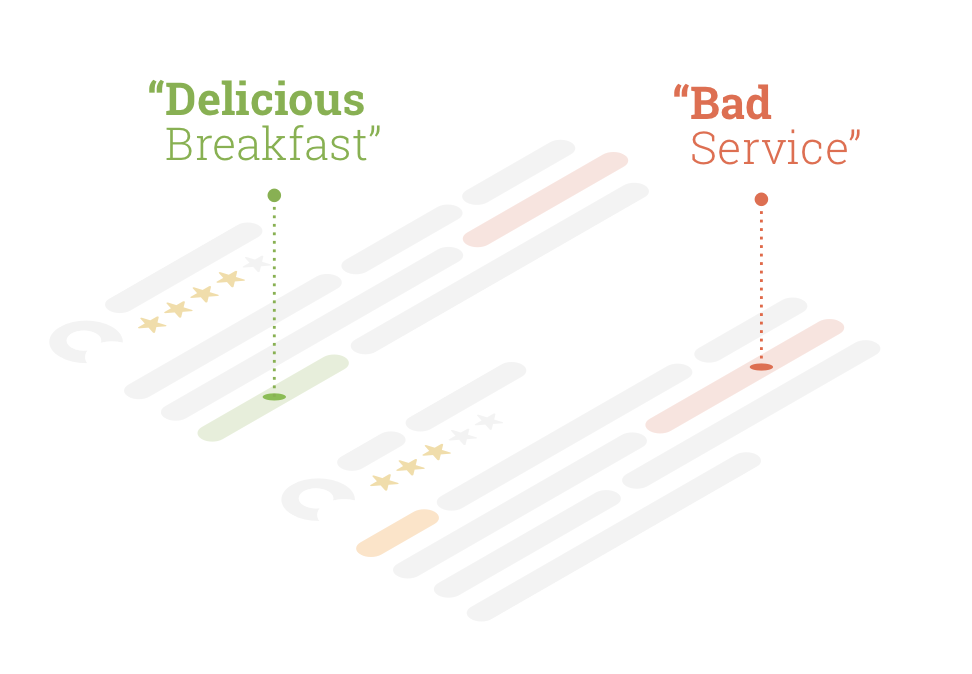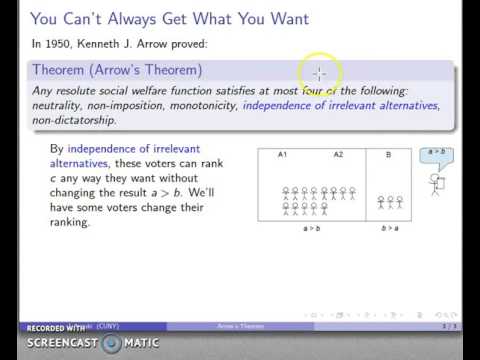Contents:
Only with increasing Federal government control of paper money during and after the Civil War did paper currency gradually come to predominate. Department of the Treasury announced that banknotes in denominations of $500, $1,000, $5,000, and $10,000 would be discontinued due to lack of use. Although they were issued until 1969, they were last printed in 1945. Following a 1955 law requiring “In God We Trust” on all currency, the motto first appears on banknotes on series 1957 $1 silver certificates, then on 1963 series Federal Reserve notes.

She appears on the right side of a $50 bill from 1880 holding a sword and shield. While the color and style of the seal changes over the years, the internal seal remains essentially the same to modern day with a key, scales, and stars. Britannica celebrates the centennial of the Nineteenth Amendment, highlighting suffragists and history-making politicians. Gresham’s law applies the principle that bad money drives out good money and relates to currency markets.
Polymer banknotes
The introduction includes a brief historical overview of paper money in America, a section on collecting and enjoying the hobby, along with aspects of the marketplace. The guide is meant to be an easy-to-read appreciative take on the more recent who invented paper money popularity of paper money collecting. The paper money issued by the Massachusetts Bay Colony in 1690 was the first authorized by any government in the Western world. False notes as well as genuine notes altered by criminals followed promptly.
- This is mostly due to the fact that historians prioritize the theoretical understanding of how money worked rather than how it was produced.
- While it made trade easy, paper money in China did not come without its ill effects.
- Instead, Congress enacted complicated rules for future redemption, assigning each state a quota of continental dollars that could be returned to the government at a future date.
- The government did try to collect the cash and centralize it, but their efforts were unsuccessful.
However, the last series of modern silver certificates produced were the series 1957B/1935H $1 notes, series 1953C $5 notes, and 1953B $10 notes. Each note was about the size of a sheet of A4 paper , and consisted of a copper-plate-printed pastoral scene with pictures of coins and a warning to counterfeiters underneath. Printed notes were embellished with a hand-written denomination and red ink stamps of authenticity. No examples of the notes survive, although archaeologists have uncovered one example of a printing plate used in their production, dating from around 1023. As is to be expected, paper money did not succeed everywhere.
Reintroduction of the $2 Note
They are easily identifiable and can be declared valueless if Hawaii is overran by enemy forces. Victor Lustig is arrested for using a “money-making machine” to produce counterfeit currency. BEP engraver Louis S. Schofield added an automobile in front of the Treasury building image on the back of the $10 notes issued https://1investing.in/ between 1928 and 1996. The car was based on a number of different models and brands that were available in the 1920s. The Federal Reserve Board issues $1,000 notes featuring Alexander Hamilton’s portrait. In 1918, the Federal Reserve Board begins issuing currency in $500, $1,000, $5,000, and $10,000 denominations.
The first £5 notes followed in 1793 at the start of the war against Revolutionary France. In 1797 the uncertainty of the war caused a series of runs on the Bank and drained its bullion reserve. It was forced to stop paying out gold for its notes and instead it issued £1 and £2 notes.

Vertical currency is a type of currency in which the orientation has been changed from the conventional horizontal orientation to a vertical orientation. They also note how money transactions are conducted vertically not horizontally. Bermuda, Cape Verde, Organisation of Eastern Caribbean States, Switzerland, and Venezuela have adopted vertically oriented currency, though Cape Verde has now reverted to horizontal orientation. Most recently, Bisphenol S , has been frequently used in the production of banknotes worldwide.
Banknotes: a short history
Another security feature is based on windows in the paper which are covered by holographic foils to make it very hard to copy. Such technology is applied as a portrait window for the higher denominations of the Europa series of the euro banknotes. Windows are also used with the Hybrid substrate from Giesecke+Devrient which is composed of an inner layer of paper substrate with thin outer layers of plastic film for high durability.
The purpose was to help fund military action against Canada during King William’s War. The Bureau of Paper Currency in Kaifeng was established in 1154 as a central agency in charge of all Chin banknote issues. The earliest example of paper currency that survives today is the great Ming circulating treasure note, above, from 1375 CE.
In 1296, Marco Polo- who known as the bridge of the paper money spreading to Europe. He was a traveler through Europe to Asia from 1271 to 1295, and his stay in China took 17 years. He was interested in Kublai Khan in Mongol Empire so he stayed in the empire’s lands and had observed many unimaginable things that never existed in Europe. In 1291, Marco Polo returned to Venice after 24 years of voyaging and brought it with him.

Treasury notes of 1890 and 1891 resulted from the government’s policies of unlimited silver coinage, purchasing silver for inflated prices. These notes could be converted by the recipients into more precious gold, enriching certain wealthy mining interests and thus helping lead to the financial collapse of 1894. The Bank of the United States, although officially private, was the first central bank of the country.
A National Banking System
BPS is an endocrine disruptor that is subject to human dermal absorption through handling banknotes. The first paper money in Europe, issued by the Stockholms Banco in 1666. In the 13th century, Chinese paper money of Mongol Yuan became known in Europe through the accounts of travelers, such as Marco Polo and William of Rubruck.
Intaglio – (also called Plate Printing or Steel Plate Printing)
In 1791, the Bank of United States was founded by Alexander Hamilton, it is the new system of credit-needed for the government, it established its own currency for borrowing and lending for facilities. After the civil war in the United States, on April 2, 1792, the Congress passed the Mint act which the US dollar was acknowledged as the country’s standard unit currency. This act made the United States become the first country to adopt decimal in its currency of the world. Just like the Chin dynasty before them, the Yuan dynasty soon ran into problems with inflation, and from 1260 to 1309, their paper money depreciated by 100%. In 1272, old issues were converted into a new issue at the ratio of one to five. This new issue consisted of banknotes printed with copper plates instead of wood blocks.
What they take is a certain fine white bast or skin which lies between the wood of the tree and the thick outer bark, and this they make into something resembling sheets of paper, but black. When these sheets have been prepared they are cut up into pieces of different sizes. Dynamic Intelligent Currency Encryption is a security technology introduced in 2014 by British company EDAQS, which devaluates banknotes remotely that are illegal or have been stolen. The technology is based on identifiable banknotes – that could be an RFID chip or a barcode – and connects to a digital security system to verify the validity of the banknote. The company claims that the banknotes are unforgeable and contribute to solve cash-related problems as well as fight crime and terrorism.
At the beginning of the nineteenth century (the so-called Bank Restriction Period, 1797–1821), the dramatically increased demand of bank notes slowly forced the banks to refine the technologies employed. In 1801, watermarks, which previously were straight lines, became wavy, thanks to the idea of a watermark mould maker whose name was William Brewer. The intaglio presses first print the back of the currency sheets in green ink. A common work-in-process vault might contain $50 to $100 million of notes at any one time, depending on the denomination being printed. After the ink on the paper is dry, the faces of the notes are printed with black ink.
